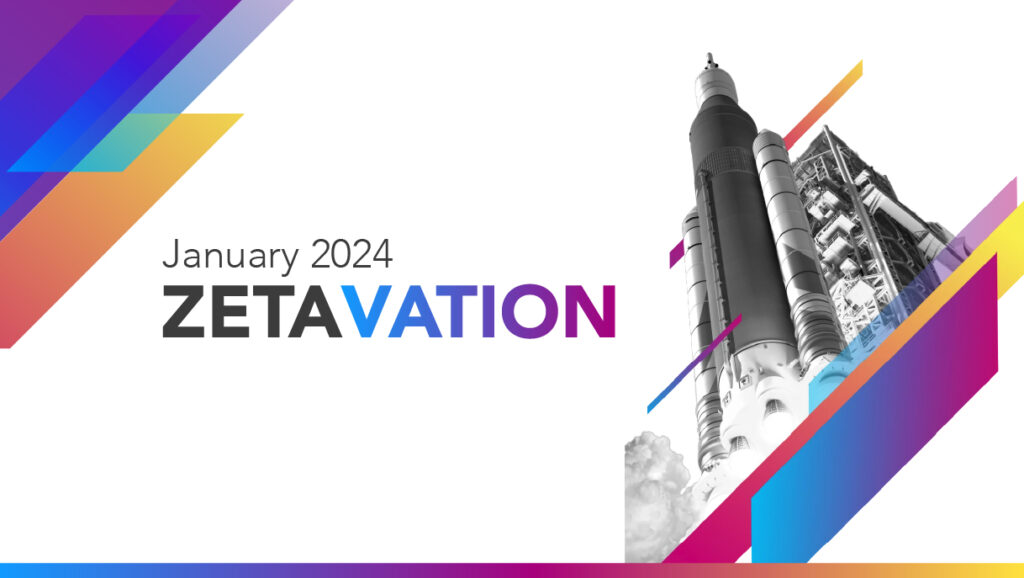
Featured
Driving Growth in the AI Era: The CMO’s New Playbook
Learn More
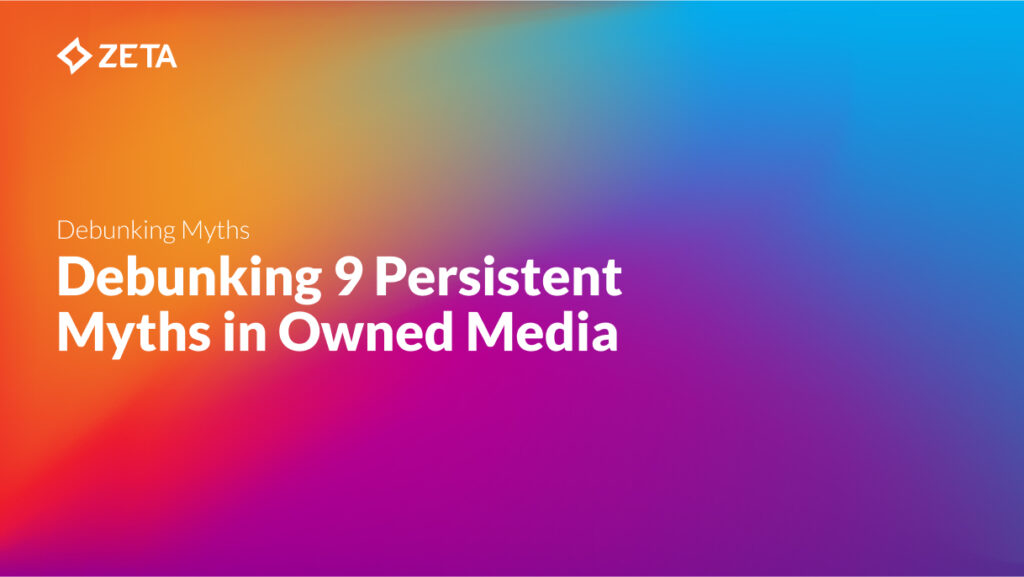
Transform Your Owned Media Strategy: Separating Fact from Fiction
Persistent myths about email and owned channels hold many marketers back. Get the truth about what really drives results in modern owned media campaigns.
Learn More
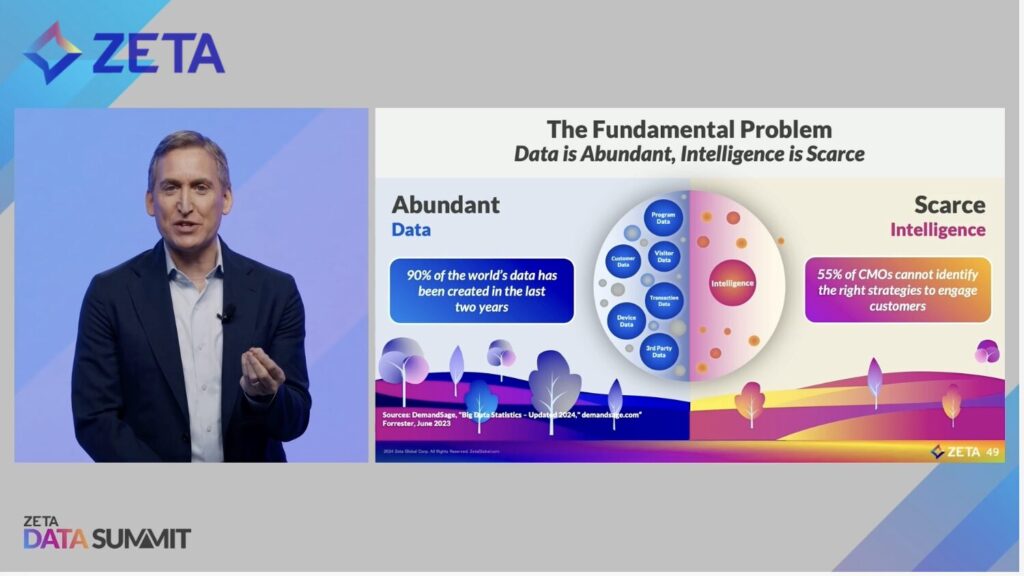
AI-Powered Personalization: Shaping the Future of Marketing
AI-powered personalization is a key driver for growth. In this video, learn how Zeta empowers the world's top brands through innovative technology + strategy.
Learn More

Reduce the Distance Between Data and Action by Combining Agents with Intelligence
Discover how AI agents close the gap between insights and action, enabling real-time decision-making and automation for smarter marketing.
Learn More
Recent Posts
Content Types
All Content
Topics
All

Travel Trends 2025: Where Travelers Are Headed and How Brands Can Win
We surveyed 2,000 travelers to learn where they're going and what they prefer. See the findings + tips for travel marketers to boost traveler satisfaction.
Learn More

Mastering Multichannel Storytelling: Creative Strategies for MMS, SMS, Push, and Email
Learn how to master multichannel storytelling by aligning creative strategy across SMS, MMS, push notifications, and email for a seamless brand experience.
Learn More

How to Connect Email and Mobile for Better Omnichannel Marketing
Learn how email and mobile integration enhances omnichannel marketing, boosts engagement, and drives conversions with real-world strategies.
Learn More
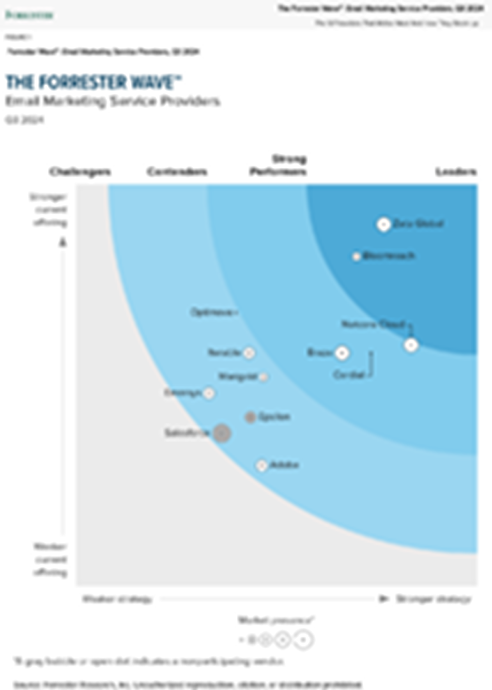
The Forrester Wave™: Email Marketing Service Providers, Q3 2024
Download the Report Now

How to Use a CDP to Deliver Real-Time Personalization
Unlock the power of real-time personalization with a CDP—learn to use unified customer data for tailored email, SMS, and media experiences.
Learn More
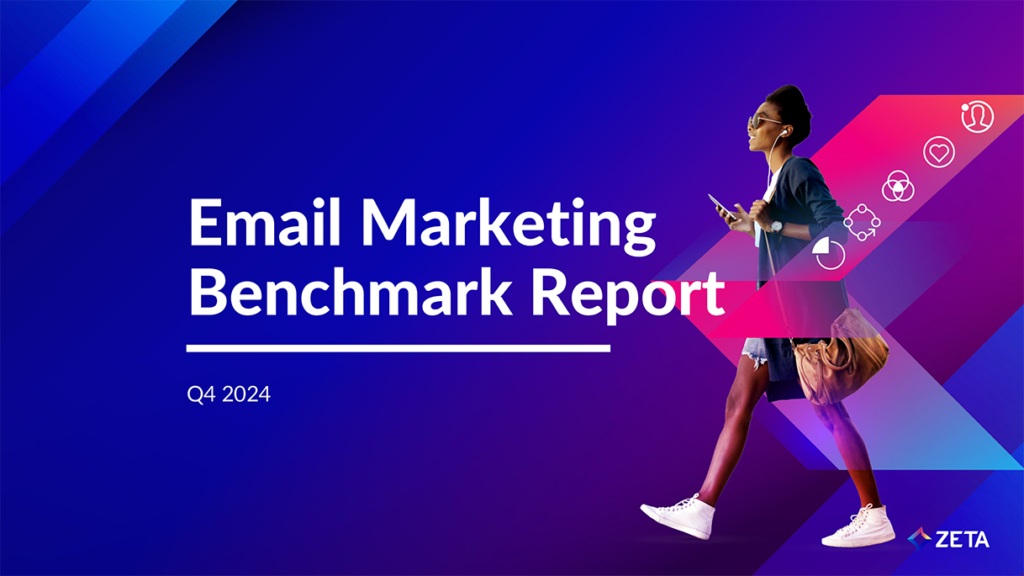
Zeta Email Benchmark Report: Q4, 2024
The quarterly benchmark report for Q4 2024 presents an analysis of email marketing data, such as sends, unique opens, clicks, unsubscribes, and more.
Learn More
Subscribe to Our Newsletter
Get fresh marketing insights delivered right to your inbox.
Thank you for your interest in our newsletter!

United Airlines Realizes a 10X Return on MileagePlus Campaigns with Zeta Onboard
Discover how Theo Theodore and United Airlines leverage Zeta to boost engagement with MileagePlus members.
Learn More

How to Maximize Value from Your Customer Data Today
Are you delaying projects because your data “isn’t good enough”? Perfect customer data is impossible—but getting value from your existing data isn't.
Learn More

Transform Your Owned Media Strategy: Separating Fact from Fiction
Persistent myths about email and owned channels hold many marketers back. Get the truth about what really drives results in modern owned media campaigns.
Learn More

A Silent Shift in Traditional Brand Loyalty is Transforming Retail
A brand loyalty shift is happening away from legacy brands. Discover what’s driving the shift and how retailers can adapt.
Learn More

The 2025 Customer Data Platform: What Marketers (Actually) Need to Know about CDPs
In this article, we take a deep dive into CDPs for marketing in 2025. Read now to learn everything you need to know to make the most of your platform.
Learn More

CMO Intentions 2024: Fueling Martech Innovation Through AI
Download the Study


